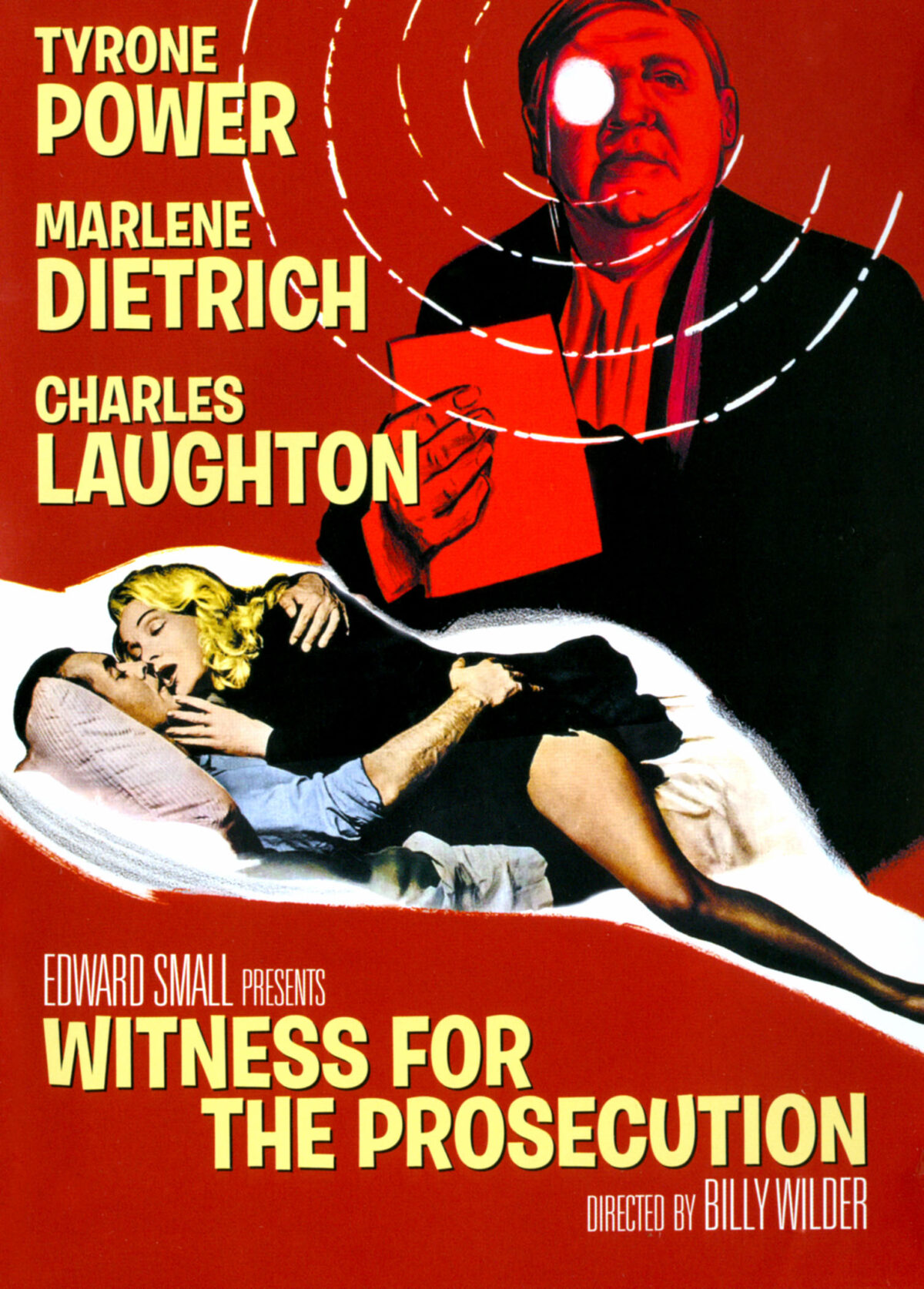Introduction:
Released in 1957, “Witness for the Prosecution” stands as a timeless testament to the art of suspenseful storytelling and gripping courtroom drama. Directed by the legendary filmmaker Billy Wilder and based on Agatha Christie’s play of the same name, this cinematic masterpiece continues to captivate audiences with its intricate plot twists, memorable performances, and brilliant direction. In this extensive exploration, we delve into the depths of “Witness for the Prosecution,” dissecting its narrative complexities, analyzing its thematic richness, and celebrating its enduring legacy in the realm of mystery and thriller cinema.
Unveiling the Plot:
Set in post-war London, “Witness for the Prosecution” follows the gripping tale of Leonard Vole, a mild-mannered man accused of murdering a wealthy widow, Emily French. As the evidence mounts against him, Vole finds himself embroiled in a high-stakes legal battle, with his fate hanging in the balance. Enter Sir Wilfrid Robarts, a seasoned barrister recovering from a recent heart attack, who takes on Vole’s defense despite his doctor’s warnings. As the trial unfolds, Robarts navigates a labyrinth of deceit, betrayal, and unexpected revelations, culminating in a stunning climax that leaves audiences on the edge of their seats.
Exploring Character Dynamics:
At the heart of “Witness for the Prosecution” are its richly drawn characters, each with their own motivations, secrets, and hidden agendas. Leonard Vole, portrayed with haunting intensity by Tyrone Power, oscillates between vulnerability and ambiguity, keeping viewers guessing about his innocence or guilt. Opposite Vole stands Sir Wilfrid Robarts, brought to life with remarkable depth by the incomparable Charles Laughton. Robarts’s razor-sharp wit, unyielding determination, and unwavering pursuit of justice make him a formidable protagonist, anchoring the film’s narrative with gravitas and conviction. Rounding out the ensemble cast are standout performances by Marlene Dietrich as Vole’s enigmatic wife, Christine, and Elsa Lanchester as Robarts’s indomitable nurse, Miss Plimsoll.
Diving into Themes:
“Beneath the surface of its courtroom drama, “Witness for the Prosecution” grapples with themes of deception, manipulation, and the elusive nature of truth. As the trial unfolds, layers of deceit are peeled away, revealing the fragile façade of morality and the human capacity for duplicity. The film’s exploration of identity, loyalty, and the pursuit of justice resonates with timeless relevance, inviting audiences to ponder the complexities of human nature and the blurred lines between right and wrong.
Celebrating Cinematic Craftsmanship:
In addition to its gripping narrative and compelling characters, “Witness for the Prosecution” showcases the masterful craftsmanship of director Billy Wilder and his collaborators. From the meticulously crafted set design to the evocative cinematography and atmospheric lighting, every aspect of the film contributes to its immersive and suspenseful atmosphere. Wilder’s deft hand behind the camera, coupled with the sharp screenplay co-written with Harry Kurnitz, ensures a taut and gripping narrative that keeps viewers enthralled from start to finish.
Legacy and Influence:
Six decades since its release, “Witness for the Prosecution” continues to be celebrated as a landmark achievement in the mystery and thriller genre. Its legacy endures through countless adaptations, homages, and references in popular culture, attesting to its enduring relevance and cultural impact. From stage productions to radio dramas and television adaptations, Agatha Christie’s timeless tale of courtroom intrigue continues to captivate audiences across generations, cementing its status as a true classic of cinematic storytelling.
Conclusion:
“Witness for the Prosecution” remains a shining example of the enduring power of storytelling to captivate, thrill, and provoke thought. With its spellbinding narrative, unforgettable characters, and masterful craftsmanship, this timeless masterpiece continues to enthrall audiences and inspire filmmakers decades after its release. As we revisit the hallowed halls of the Old Bailey and unravel the mysteries of Leonard Vole’s trial, we are reminded of the timeless allure of cinema to transport us to worlds of intrigue, suspense, and unrelenting drama. In the pantheon of cinematic classics, “Witness for the Prosecution” shines as a beacon of storytelling excellence, inviting us to bear witness to its enduring brilliance again and again.
